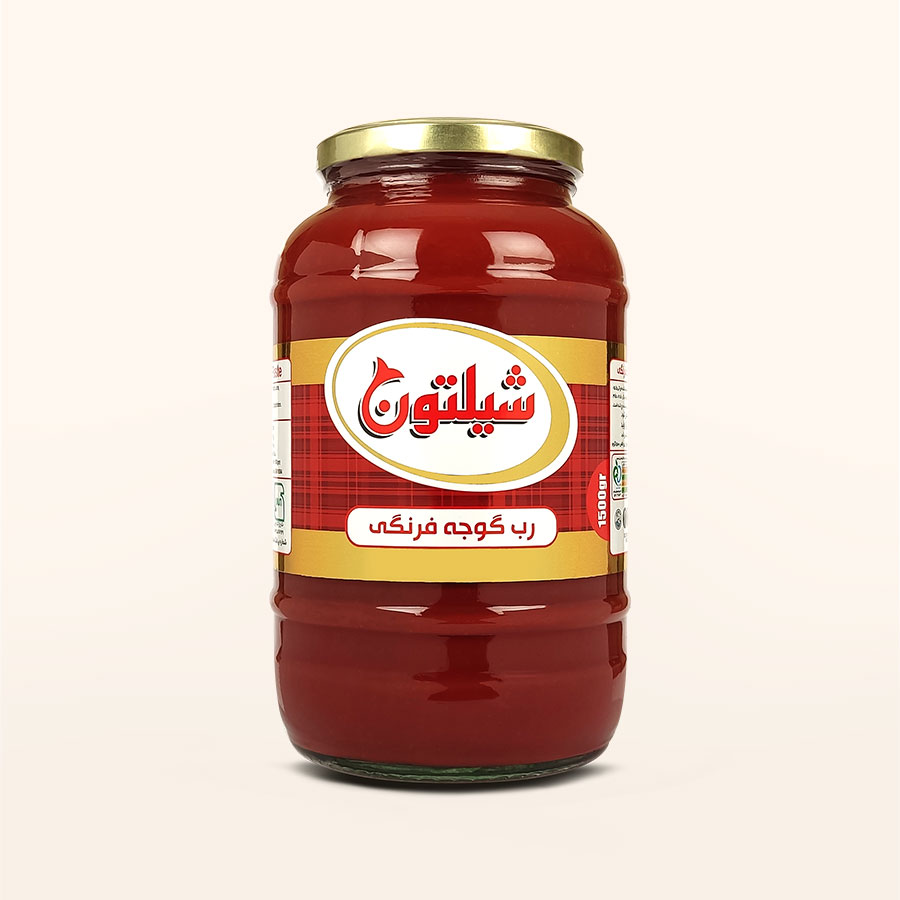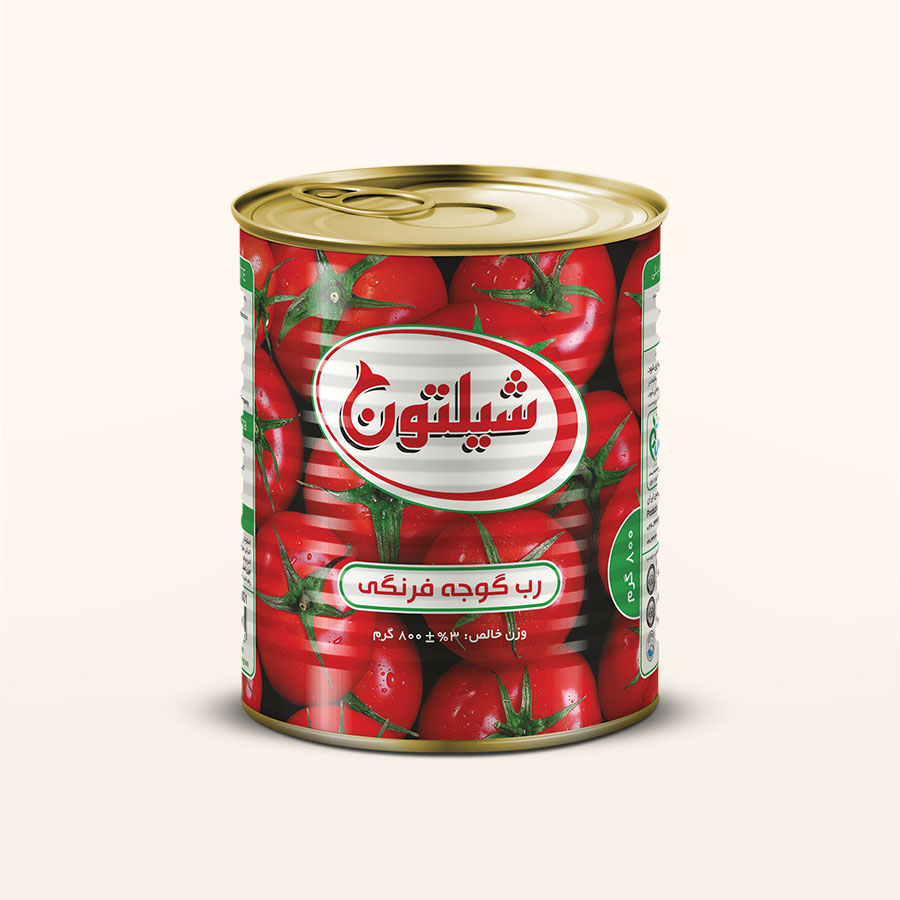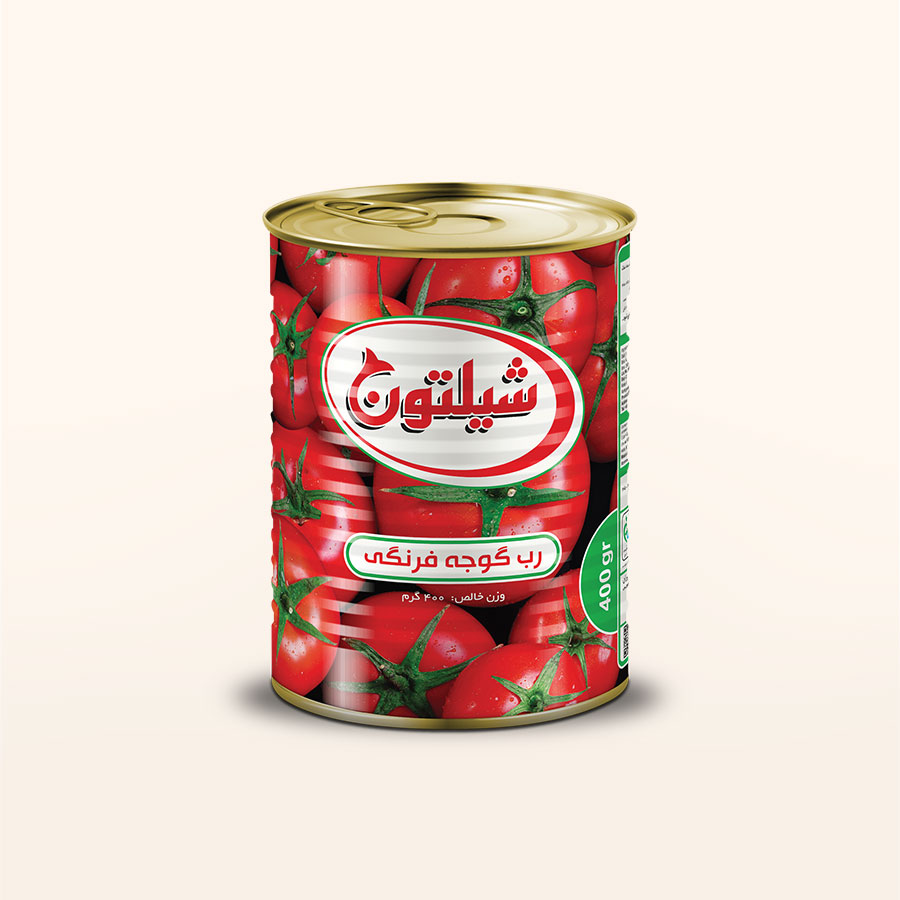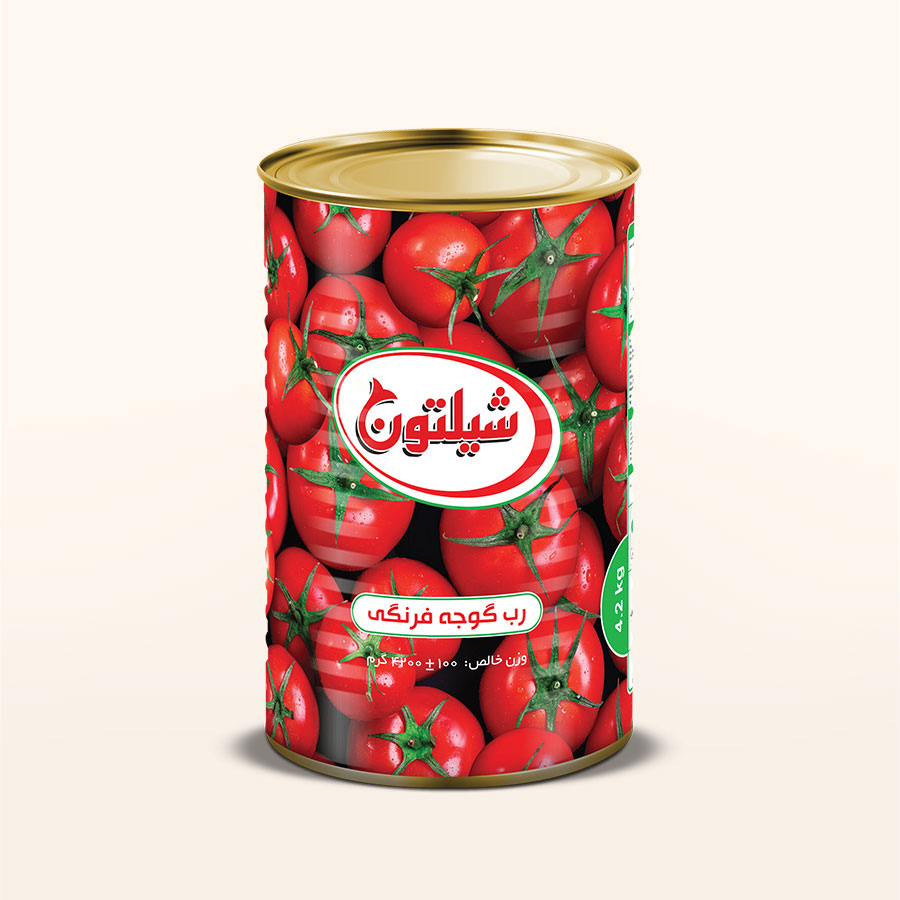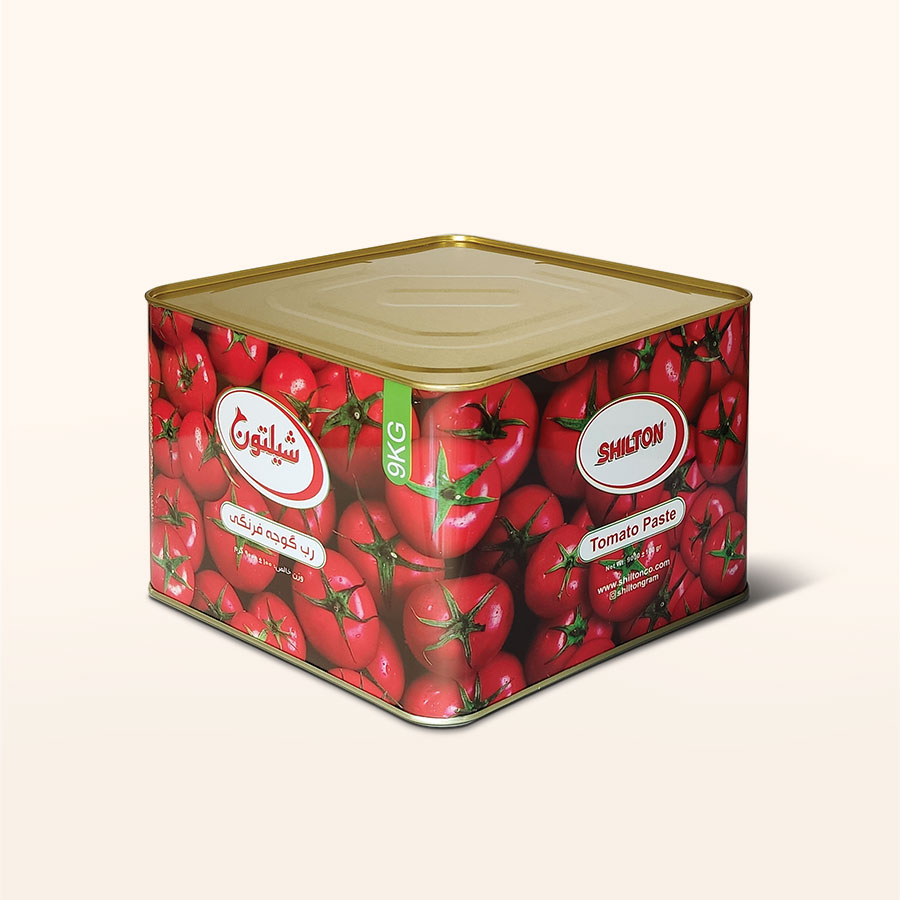Shilton’s tomato paste canned products are produced and supplied in six weights and two types of packaging: metal cans and glass containers. Tomato paste is one of the most widely used and popular food products in cooking, used as a base for many dishes. Tomatoes are originally native to the Americas, especially southern Mexico and northern Central America. The Spanish brought the plant to Europe in the 16th century, and it was gradually introduced around the world.
The history of the production of tomato paste: Initially, tomatoes were known as ornamental and non-edible plants in Europe. However, over time, their edible uses became popular in the Mediterranean regions, especially in Italy. The first documents related to the preparation of tomato paste date back to the late 18th and early 19th centuries. With the emergence of the food industry in the late 19th and early 20th centuries, tomato paste production began on an industrial and large scale. This development made tomato paste a globally available product. In Iran, tomatoes have been cultivated and consumed since around the 19th century. In the mid-20th century, industrial production of tomato paste began in Iran, and gradually this product became a staple ingredient in Iranian cuisine.
Characteristics of quality tomato paste:
Natural Flavor: Tomato paste should have a natural, pure tomato flavor. Additive or artificial flavors are a sign of inferior quality.
Pleasant Aroma: A quality paste should have a pleasant, mild aroma that conveys the aroma of the tomato well.
Natural red color: The color of quality tomato paste should be a natural, bright red. Dull, brown, or very dark colors may indicate lower quality or the use of additives.
Color uniformity: The color of the paste should be uniform and similar throughout the can or package.
Thick consistency: Quality tomato paste should have a thick, smooth texture, without any water or solid lumps.
Smoothness and uniformity: It should be free of skin, seeds, or any other impurities.
Natural ingredients: Quality tomato paste should be made only from ripe, fresh tomatoes, without the use of artificial additives, artificial colors, or preservatives.
Solids to Liquid Ratio: A higher percentage of tomato solids in the paste indicates higher quality. This means more tomato content per spoonful of paste.
Proper Packaging: Tomato paste packaging should be such that it protects the product from air, light, and external contaminants.
Hygiene standards: The production process of tomato paste must be carried out under hygienic conditions and appropriate standards. This includes the use of quality raw materials and compliance with hygiene principles at all stages of production.
Stability over time: Quality tomato paste must maintain its quality, taste and color throughout its shelf life.


